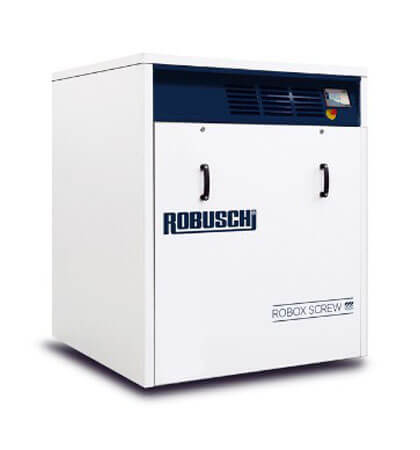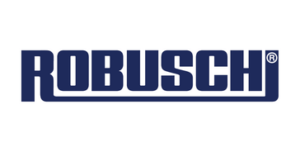How the RSW Low Pressure Screw Compressor Airend Works
The RSW oil-free low pressure screw compressor airend, also known as “helical screw” compressor, is a positive displacement machine that uses rotary motion. It delivers constant flow (volume) and variable pressure. This means that at a given speed (rpm), the RSW compressor airend always supplies the same amount of air, independent of pressure variation.
The RSW low pressure screw compressor airend consists of a pair of helical profile rotors. One male rotor with 3 convex lobes and one female rotor with 5 concave lobes or “flutes”) contained in a casing. While maintaining precise alignment by means of timing, the rotors turn in opposite directions. They mesh to form a series of working chambers between the rotors and the casing wall.
The gas is sucked from the intake side (suction), trapped between the rotors and the casing (radially) and the cover (axially). It is then transported to the compression side (discharge) where the working chamber shrinks, and air is compressed. The internal compression supplies a steady, non-pulsating air flow. This minimizes vibration and maintenance, while maximizing the lifetime of the device.
Due to the fact that there is no oil for sealing (oil-free screw), the rotors have very precise and small tolerances. This maintains a very small air gap between the two in order to guarantee optimal performance without touching each other. The air-cooled RSW low pressure screw compressor airend can reach a maximum pressure ratio (outlet pressure divided by inlet pressure) of 3,5.

